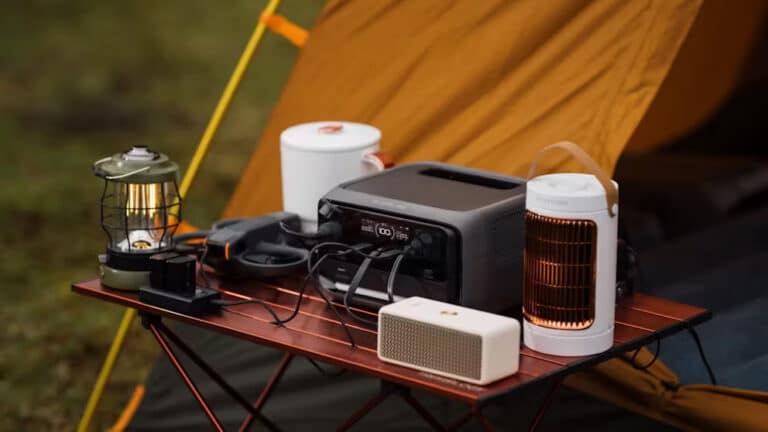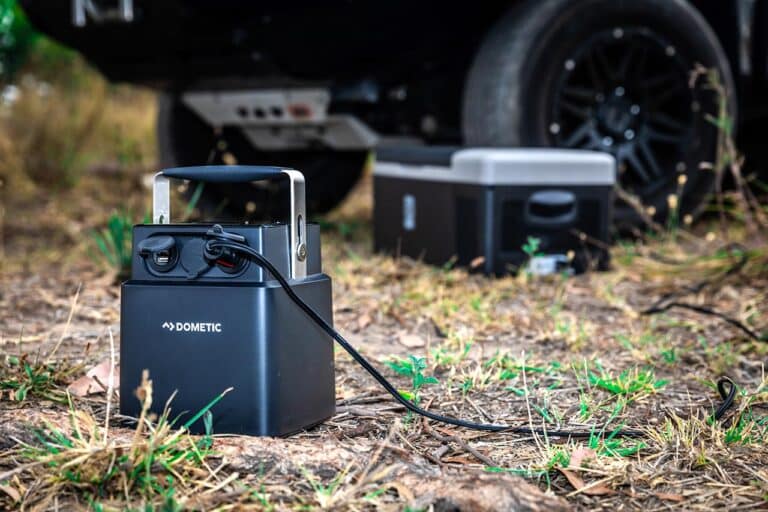Forget Googling your personal ailments;
with an EDS you can read and reset engine error codes… all from the side of the track!
WORDS & images Mark Allen
Like it or not, the electronically-controlled engine is here to stay and has made modern 4X4s more reliable and more powerful than ever – given the precision of its workings. The downside: When something does go wrong it’s often not a DIY or bush mechanic fix-up. Rather, a trip to a qualified mechanic either under your own ‘speed-reduced’ steam or on the back of a tow truck.
While many of us wouldn’t have the faintest idea of how to diagnose or fix a late-model 4X4 breakdown, there is a simple and relatively cheap way to get roadside answers via an Engine Data Scan (EDS) scan tool. The EDS plugs into your On-Board Diagnostics (OBD) port which allows monitoring of most engine controls, as well as some other parts of the vehicle. While you may not be able to effect a roadside fix, you can at least find the problem and potentially reset the error code to get your steed rolling to a mechanic to fix the issue.
Be warned though; simply erasing an error code is not solving the problem, it’s just masking it to get you going again. Depending on the fault, a proper repair should be sought as soon as possible.
Aside from reading error codes, the EDS also allows for reading real-time information from the vehicle such as RPM, vehicle speed, fuel system status, engine coolant temperature, fuel pressure, intake manifold absolute pressure (MAP), calculated load value, ignition timing, intake air temperature, absolute throttle position, battery voltage, fuel usage, oxygen sensor output voltage, air-flow rate, plus a few others depending on vehicle type.
Car-specific diagnostic trouble codes (generally beginning with P1xxx) can be downloaded and printed via www.enginedatascan.com. I’ve printed the list for my V8 diesel Troopy (to keep in the glovebox) and while some are self-explanatory and easily fixed, I’ll admit some are bamboozling and way over my head.
The kit includes: EDS vehicle-specific computer, Velcro mounting strips, a comprehensive user’s manual as well as a quick start guide; and a two-metre detachable cable makes installation pretty damn easy. So simple, it only took my fumbling fingers about 10 minutes to plug, fix and run the wires – no tools required. The unit derives power from the OBD port, so no batteries are needed.
After initialising the unit, the most time-consuming part is setting up for the trip computer and fuel usage modes (which require a few tanks of fuel to be used and the relevant buttons punched if you want to know instant, daily, per-tank and average fuel consumption figures as well as driving time, distance to empty, fuel to empty and fuel used). After that there is nothing else to do, other than choose which of the four parameters you’d like to view on the screen.
The EDS powers up with the ignition and really would only be viewed carefully when something goes wrong. Hopefully, you will be able to work out a roadside diagnosis rather than pay for a mechanic or factory diagnosis. Fixing the problem you diagnose is another matter altogether! RRP$99.












